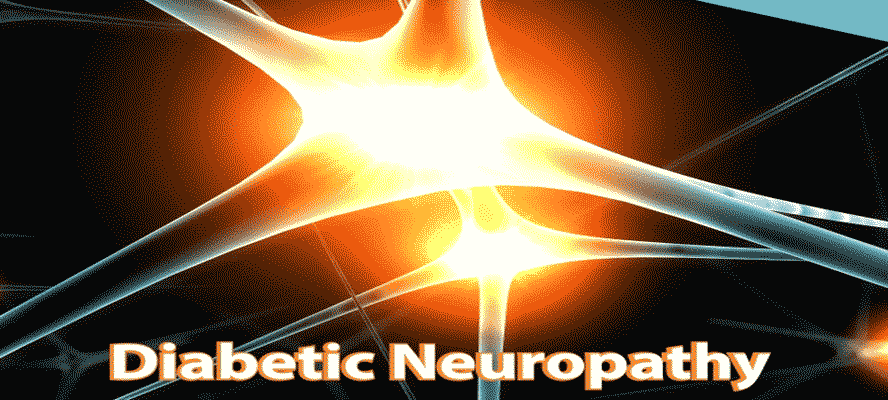Foot so numb!
Nothing to brag about, but Diabetes has become the latest fast growing pandemic in India. Factors like rising
standard of living, steady urban migration and lifestyle changes have increased the incidences of diabetes in
the age group of 20 to 79 years, a wide range of individuals to be precise. The very high levels of blood sugar
which is a typical indication of Diabetes, if neglected or left untreated overtime damage the nerves or blood
vessels. The evident effect of this damage is experienced by a loss of sensation in the feet, wherein blisters,
cuts or soreness are not felt at all; further causing foot injuries like ulcers and infections, and in severe
cases even leading to amputation.








